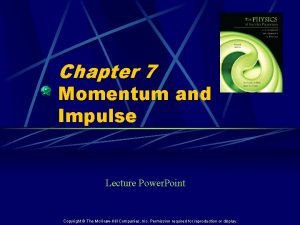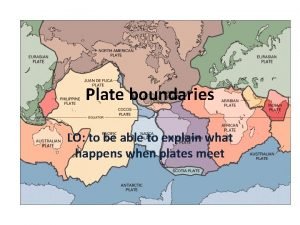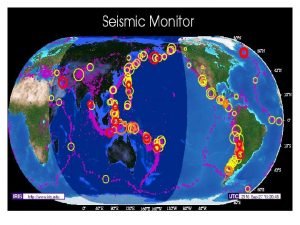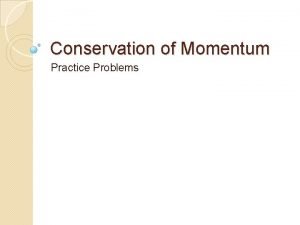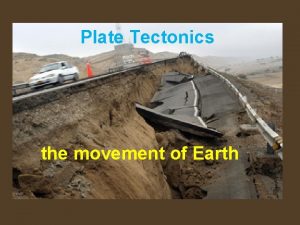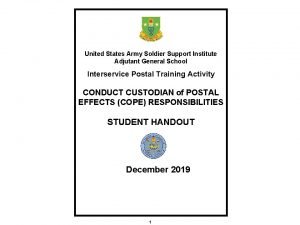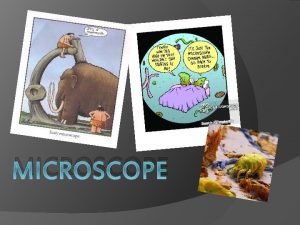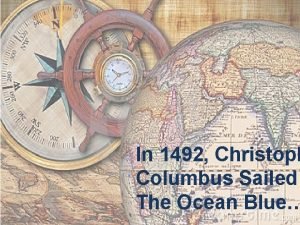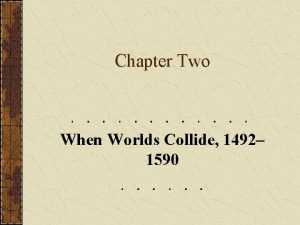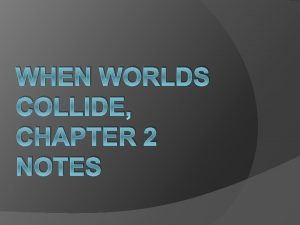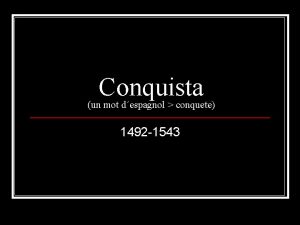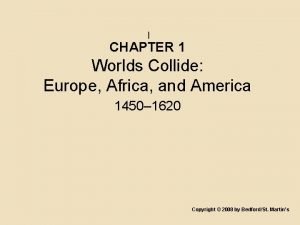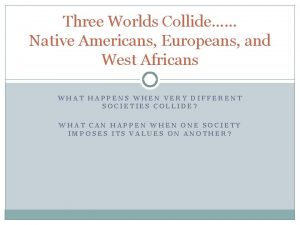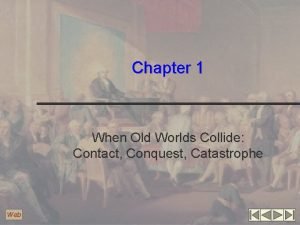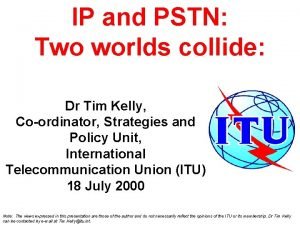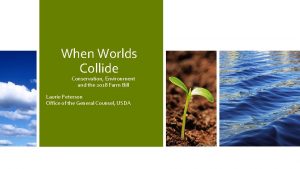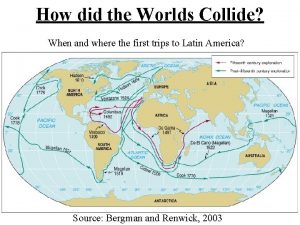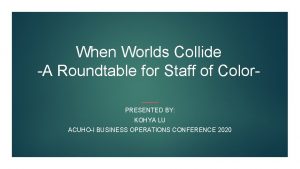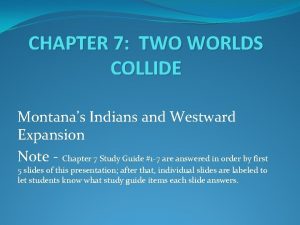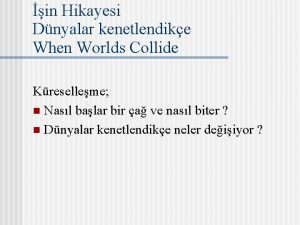When Worlds Collide 1492 1590 The Expansion of

























- Slides: 25

When Worlds Collide 1492 - 1590

The Expansion of Europe New advances in farming technology (crop rotation, iron plow, water mills. . ) Feudal system divided land into small areas owned by landlords; the peasants paid tribute and performed labor Majority of population was Christian unified under the Roman Catholic Church Harsh living conditions: famine prevalent Plague wiped out 1/3 of population, 1347– 1353.

The Merchant Class and the Renaissance European expansion fueled by population increase and commercial growth The Renaissance flowered between the fourteenth and sixteenth centuries, fueled by contact with Islamic civilization “Magnificent adaptors: ” compass, gunpowder, and moveable-type printing Italian merchants profited off the commercial enterprises of the Crusades Celebrated human possibility and the accomplishments of the individual; humanism challenged religious authority as the secular took precedence over the religious


The New Monarchies By 1500 Europe had recovered fully from the Black Death Old monarchies unified their kingdoms by promoting civil and political order; allied with the merchants and commercial interests to boost treasuries and fuel overseas expansion

Portuguese Explorations Prince Henry the Navigator established academy to train seafarers By the mid-15 th century most Europeans knew that the Earth was “round” Portuguese trading voyages tried to reach Indies by sailing around Africa 1488: established several colonies and reached southern tip of Africa, and established Atlantic slave trade 1498: Vasco Da Gama sails around Africa to Indies.

The Astrolabe

Columbus Reaches the Americas Columbus planned to travel to the Indies by sailing west across the Atlantic Ocean In 1492, Spain agreed to finance Columbus They were in need of new lands to conquer and plunder In October 1492, Columbus arrived at Caribbean islands Columbus returned to Spain with talk of wealth and proposed inhabitants be enslaved Later Columbus voyages marked by violent slave raiding and obsession with gold Native populations were decimated and virtually eliminated by the 1520 s Without slave population, colonies entered depression Spanish were dissatisfied and ordered arrest of Columbus died in 1506 still thinking that he had opened the new way to the Indies After sailing to the Caribbean in 1499, Amerigo Vespucci described lands as a New World

Print that accompanied Columbus’s account of his travels.

The Invasion of America Spanish armies marched across Caribbean islands, slaughtering inhabitants Encomienda system established • Indians labor and Spanish lords protect Indians • Turned into slave system In 1517, Spanish under Hernan Cortes reached Mexico, home of Aztec empire Aztecs dominated Central Mexico, extracting tribute and sacrificing human captives Cortes allied with subject peoples and conquered Aztec empire, aided by disease Wealth was the driving force behind conquest

Map of Tenochititlán, published in 1524 by Albrecht Dürer


The Destruction of the Indies Spanish horses, guns, and steel overcame Indian resistance Bartolome de Las Casas blamed Spanish for cruelty and deaths of millions of Indians Only a small portion of the deaths can be attributed to warfare Famine, lower birth rates, and epidemic diseases were largely responsible for the radical reduction in native populations The population of Mexico fell from 25 million in 1519 to one million a century later By the twentieth century, native population had fallen by 90 percent. Virgin Soil Epidemics: when new diseases are introduced to an unprotected population

Spanish adventurers attack a native village on the Columbian coast of the Caribbean in search of the gold said to be stored there, an engraving published in 1594. Images like this, widely circulated in Europe and England, helped create the “Black Legend” of the Spanish conquest.

Smallpox struck the Aztec capital of Tenochtitlán in 1520.


The Columbian Exchanges between Old and New Worlds occurred European diseases decimated Indian populations American precious metals • Runaway inflation • Stimulated commerce • Lowered standard of living for most Europeans American crops to Europe– corn, potatoes, cotton, chocolate, tobacco European crops to America—wheat, sugar, rice, horses, cattle

The Columbian Exchange

The First Europeans in North America In 1519, first of several unsuccessful colonization attempts failed in Florida Europeans were searching for slaves and the rumored cities of wealth In 1539, Hernan De Soto traveled throughout South, spreading disease that depopulated and weakened Indian societies In 1539, Francisco de Coronado searched for lost cities of gold in Southwest Explorers failed to find great cities and turned back

The Spanish New World Empire By late 16 th century, the Spanish had a powerful American empire 250, 000 Europeans and 125, 000 Africans lived in Spanish colonies Population was racially mixed; the mestizos represented a new social class in New Spain Council of the Indies governed empire but local autonomy prevailed.

Fish and Furs Abundant fish in Grand Banks of North Atlantic led Europeans to explore North American coastal waters French were first to explore eastern North American and established claims to lands of Canada Euro-Indian relations based on trade, especially furs Disease and wars over hunting grounds reduced Indian populations Indians became dependent on European manufactured goods

The Protestant Reformation and the First French Colonies German priest Martin Luther began the Protestant Reformation in 1517 Protestant John Calvin followers in France were called Huguenots were largely merchants and members of the middle class Huguenots planted first French colonies in South Carolina and Florida in an effort to find religious refuge French enjoyed good relations with Indians Spanish destroyed French colony in Florida

Sixteenth-Century England Enclosure movement stimulated English colonization Expanded woolen trade dislocated farmers, creating a large unemployed population. King Henry VIII broke with Rome and established the Protestant Church of England Henry’s Catholic daughter “Bloody” Mary murdered hundreds of Protestants in an attempt to bring England back to Catholicism, but she ruled briefly Henry’s Protestant daughter Elizabeth I encouraged supporters to subdue Irish Catholics to prevent any invasion efforts by Spain Brutal, vicious invasion led to conquest of Ireland, setting English pattern of colonization


Early English Efforts in the Americas English “Sea Dogs” raided Spanish New World fleets Rivalry with Spain led Elizabeth I to found colonies. Colonies could provide bases to raid the Spanish, free England from reliance on trade with Asia, and provide a home for the homeless Some colonization efforts failed including expeditions to Newfoundland Roanoke Spain became angry that the English were taking territory that had been set aside by the pope for Catholics Spanish Armada defeated by English fleet in 1588, halting Spanish monopoly on Americas
 Norton worlds together worlds apart
Norton worlds together worlds apart Collide records
Collide records Convergent boundary
Convergent boundary Suppose two waves collide and the temporary
Suppose two waves collide and the temporary Two football players collide and stick together
Two football players collide and stick together Plate tectonic boundaries
Plate tectonic boundaries Happens when two oceanic plates collide
Happens when two oceanic plates collide Transform
Transform Two cans of spam with identical masses collide
Two cans of spam with identical masses collide Collide and slide algorithm
Collide and slide algorithm Two icebergs collide
Two icebergs collide What happens when two oceanic plates collide
What happens when two oceanic plates collide Collision theory states that
Collision theory states that Mr taylor analisis
Mr taylor analisis Compound microscope 1590
Compound microscope 1590 Primer microscopio 1590
Primer microscopio 1590 Label the parts of the microscope.
Label the parts of the microscope. Microscope 1590
Microscope 1590 Ps form 3544
Ps form 3544 1590 microscope
1590 microscope Determine o quadrante de arco 1590
Determine o quadrante de arco 1590 Hans and zacharias janssen 1590
Hans and zacharias janssen 1590 Density dependent factors
Density dependent factors Paminklas
Paminklas Christopher columbus sailed the ocean blue in
Christopher columbus sailed the ocean blue in Rok 1492
Rok 1492




